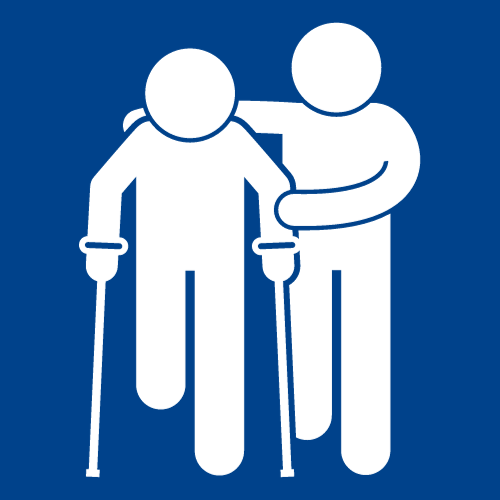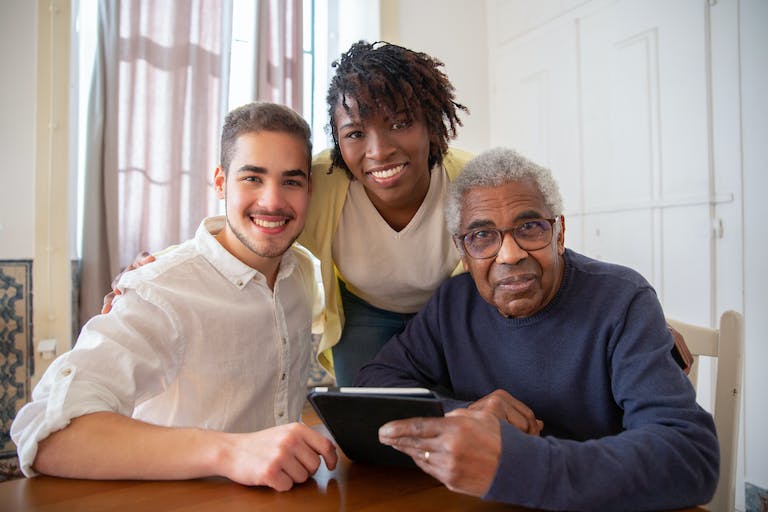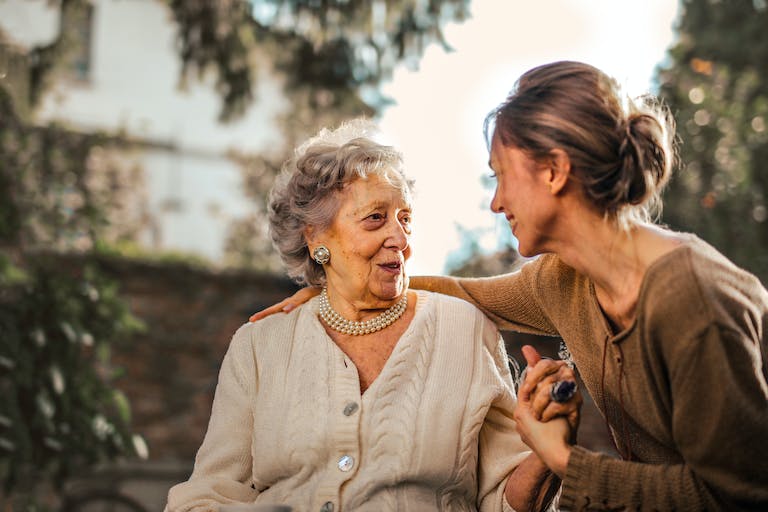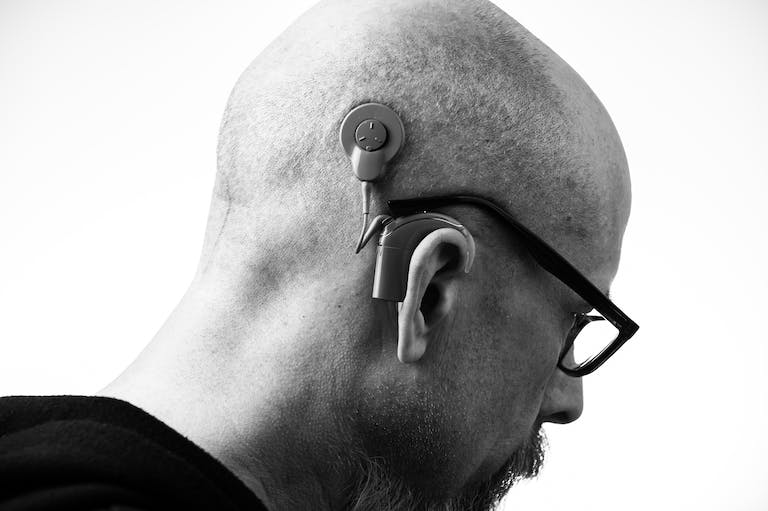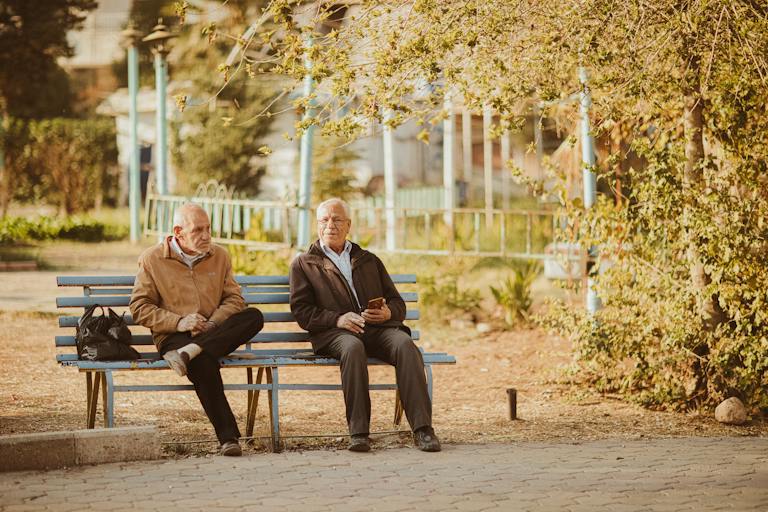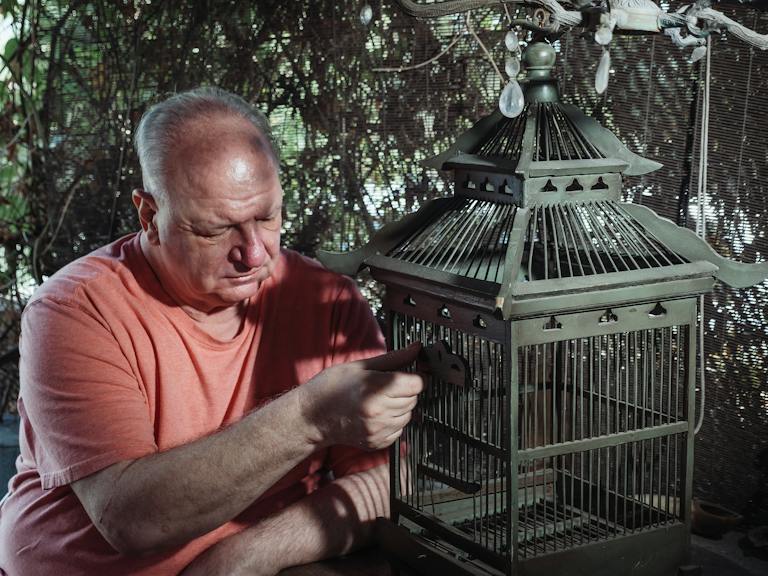Falling can happen to anyone at any age. As we get older, falls become more common and can result in serious injuries. Getting back on your feet without kneeling can be challenging, especially if you have mobility issues or joint pain. However, with some adaptive techniques and devices, it is possible to get up safely.
In this blog post, I will discuss the importance of getting up properly after a fall, risk factors, adaptive techniques to get up without kneeling, and some extra tips to help you get up from a fall.
Why Getting Up Properly Matters
Getting up properly after a fall is crucial to preventing further injury. Improper movements can strain muscles and joints. Attempting to get up too quickly can also cause dizziness, lightheadedness, or even fainting.
If you cannot get up on your own, lying on the floor for an extended period puts you at risk for pressure sores, blood clots, hypothermia, and dehydration. Being stuck on the ground can also cause serious emotional distress.
Knowing safe ways to arise from the floor can give you confidence in your ability to recover after a fall. Having a plan and using assistive devices can help you preserve your independence as you age.
Risk Factors That Can Make Getting Up Difficult
Certain health conditions and age-related changes make getting up from the floor more challenging, including:
- Joint pain conditions: Arthritis, bursitis, tendinitis
- Muscle weakness: Sarcopenia (age-related muscle loss)
- Balance and coordination problems: Neuropathy, Parkinson’s, vertigo
- Cardiovascular conditions: Heart disease, blood pressure issues
- Respiratory problems: COPD, asthma, emphysema
- Cognitive conditions: Dementia, Alzheimer’s disease
- Vision issues: Cataracts, glaucoma, macular degeneration
The more risk factors you have, the harder and more dangerous getting up may be after a fall. See your doctor to proactively manage any conditions putting you at high risk.
There are also some adaptive aids and techniques you can use to safely arise from the floor.
Adaptive Techniques to Get Up Without Kneeling
If you have reasonable mobility and strength, there are ways to get upright without having to kneel first. Using chairs, walls and other sturdy objects for support can make getting up less taxing on the body.
Push Technique
The push technique uses your arm strength to create momentum to stand.
- After the fall, roll onto your side first if you can.
- Bring your knees up and rotate your upper body toward a sturdy piece of furniture like a chair or sofa.
- Place one forearm on the seat of the chair and the other hand flat on the floor.
- Push down with the hand while using the forearm to lift and pivot your torso as you straighten your bent leg to arise.
- Turn your body once upright and sit on the chair.
Roll Technique
The roll technique turns the floor into a sliding board to build momentum:
- After the fall, extend one leg straight out and bend the other knee, using your foot to push off the floor.
- Use your bent leg to slide your body weight to turn towards a steady surface like a wall.
- Once rotated, place both palms flat on the ground.
- Crawl your hands toward the wall until you can touch it. Slide your palms up the wall surface.
- Walk your feet slowly towards the wall as you slide your hands up higher.
- Lean weight into legs bent at the waist. Push off the wall, sliding to upright.
Crawl Technique
The crawl technique uses upper body first to create stability:
- After the fall, get into a tabletop position with palms pressed into floor.
- Shift weight onto knees, hands and toes. Slowly crawl towards a sturdy chair.
- Place hands on the chair seat. Shift weight forward as you straighten arms.
- As arms straighten, tuck toes under to lift knees up off floor.
- Step feet one at a time towards chair, using hands to support weight.
- Turn body to sit once both feet planted firmly.
The key with any get up technique is to move slowly and pause if you feel strain, pain or dizziness. Getting upright too rushed can result in another fall.
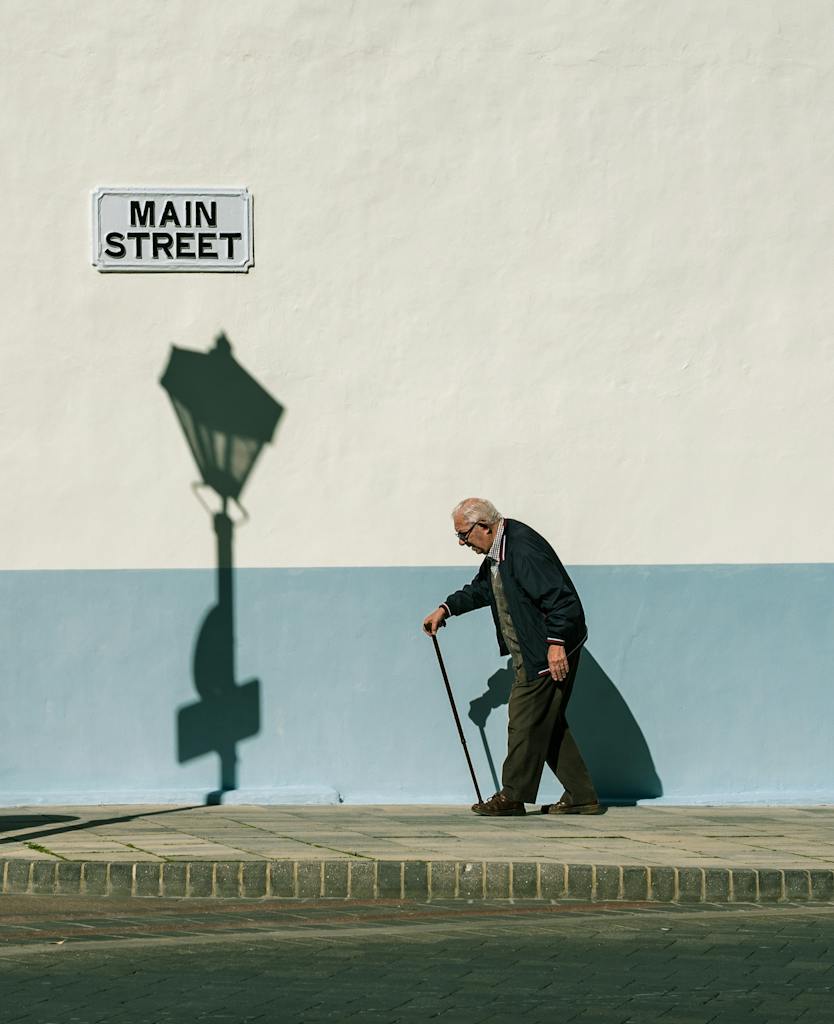
Assistive Devices To Help You Get Up
If mobility issues or weakness make arising from the floor exceedingly difficult, using an assistive device can help give you the support, leverage and confidence you need. Useful options include:
Grab Bars
Installing grab bars around your home provides stable surfaces to grasp. Put them along walls near seating, beds, and bathrooms for easy access after a fall. Great for pull-up support.
Raised Toilet Seats
Raised toilet seats boost the seating surface higher, so it’s easier to slide off onto your feet without having to ascend much distance from the floor. Some models have arms for added stability too.
Sit-to-Stand Lifts
A sit-to-stand lift looks like an office chair mated with a jack lift. You sit in it after a fall and use a control to smoothly raise yourself upright. There is no need for balance or leg strength.
Floor Recovery Shoes
These modified shoe attachments strap onto your regular footwear. The hard plastic sole converts your shoe bottoms into mini-skis, so you can mimic the roll technique hands-free.
Inflatable Air Cushions
Inflatable cushions (similar to pool floats) fit under your chest as you lie prone after a fall. Simply inflate the bag to gently lift your torso high enough to slide your legs under you.
Floor Fall Mats
Thick padded mats provide a soft protective surface if you do fall. Some have built-in alarms that alert emergency contacts if you become stuck on the ground injured or immobilized.
Talk to your doctor or physical therapist about devices that can assist you in safely getting up based on your unique circumstances and abilities. With some adaptive equipment and grab bars installed at home, you can retain more independence even if you live alone.
Tips For Getting Up After A Fall If You Live Alone
Falling without anyone around to help you up is frightening and dangerous. Here are some tips to make recovering from a fall easier if you live solo:
- Have several charged remote controls on tables near your favorite sitting spots so you can call for help without moving
- Wear an emergency alert wristband or necklace you can press if injured
- Keep your cell phone in a securely belted arm band when home alone
- Install breakaway grab bars that can support your weight on walls near high fall risk areas
- Speak to family/friends about an automated safety call system that contacts your support network if movement isn’t detected after a set time frame from installed sensors
- Consider a medical alert subscription service that allows you to press a help button on a bracelet or necklace to reach 24/7 emergency monitoring centers
- Make sure to tell family or friends about any recent falls or close calls so they can check in more frequently
- Ask your doctor about scheduling in-home physical or occupational therapy to help strengthen stability and practice safe fall recovery techniques
While you can take steps to self-protect, letting others know if you’ve fallen remains vital, even if you’ve gotten back up on your own initially. Some injuries, like head trauma or internal bleeding, have delayed-onset symptoms.
When To Go To The ER After A Fall
Most minor falls with abrasions or light bruising can be managed at home without needing to rush off to the ER. But some post-fall symptoms warrant seeking immediate medical treatment:
- Loss of consciousness after falling
- Signs of possible head injury: Headache, vomiting, visual changes, bleeding from ear
- Uncontrolled bleeding from a wound or laceration
- Deformity, numbness or inability to bear weight on a limb
- Chest pain or shortness of breath
- Possible hip fracture with inability to rise up on both feet
- Possible spinal cord injury: Loss of sensation or weakness after fall
If you’re unsure how serious your injuries are, don’t delay getting seen. Call 911 or have someone drive you to emergency care right away. Timely treatment can prevent longer-term medical consequences.
For less obvious injuries causing ongoing pain or mobility issues, schedule a medical exam within a few days of falling, even if x-rays initially prove negative. Some fractures, sprains, and tears have delayed onset or subtle early symptoms. Catching damage early makes treatment and healing easier.
Take Steps Now To Stay Safe After A Fall
Falling can happen suddenly and unexpectedly. But planning ahead to strengthen stability skills and using adaptive techniques and equipment can help you regain footing on your own terms.
Work on balance exercises with your doctor or physical therapist. Install grab bars, non-slip flooring, and sufficient home lighting. Practice getting up from kneeling and seated positions. Talk to your family about medical alerts and automated safety check systems.
